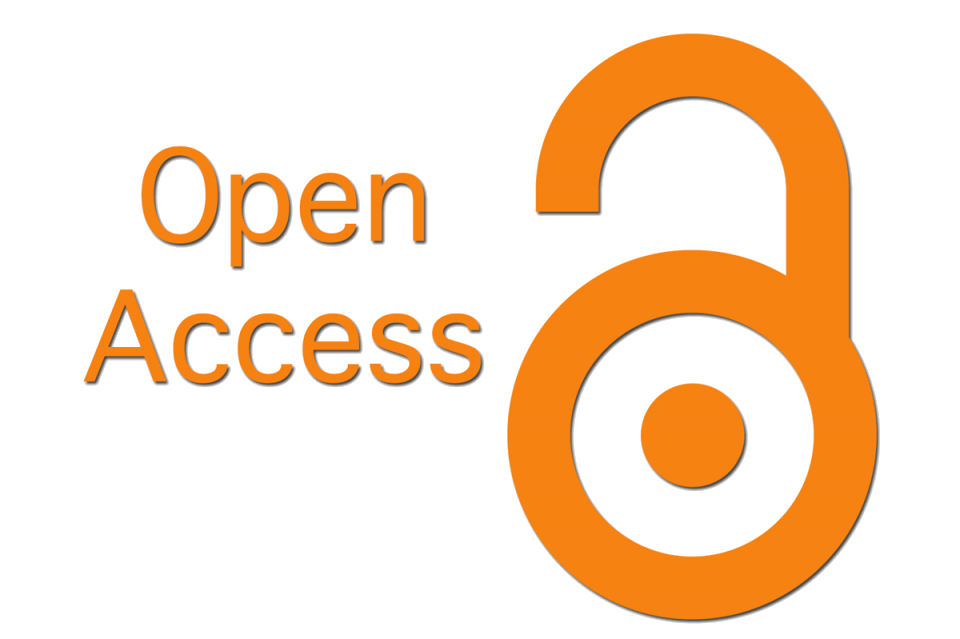INTERACTIVE ALV REPORT CUSTOMIZATION OF BUSINESS PROCESS TRACING ON SAP S/4HANA WITH ITERATIVE AND INCREMENTAL METHODOLOGY IN TELECOMUNICATION COMPANY
Abstract
PT XYZ is a State-Owned Enterprise (BUMN) that is focused on the telecommunications sector. To manage the ongoing business, the company uses SAP S/4HANA. In implementing SAP S/4HANA, several problems were found in the controlling module, particularly in the cost allocation process that occurred in Activity-Based Costing (ABC). The main problem is that it is difficult to track business processes in cost allocation activities so that the source and destination of the business processes are not known. Based on this problem, it will be the main reason for making the Interactive ALV Report for tracing business processes. This Interactive ALV report for tracing business processes will use ABAP Programming Module as the reference and Iterative and Incremental as the methodology. This business process tracing report will have a feature where users can track business processes from the source of the business process to the last business process. The result of this design is a tracing business process report that can display only the data needed by the finance division for the business process tracing process. This Interactive ALV report will help the finance division distribute costs in the cost allocation process. The results of this study are expected to provide benefits for PT XYZ and other companies that have the same problem or can add insight into ABAP programming, especially on the controlling module.
Keywords
Full Text:
PDFArticle Metrics :
References
Kementrian BUMN, Peraturan Menteri BUMN PER-02/MBU/02/2013 Tanggal 18 Pebruari 2013, 7 September 2018. [Online]. Available: https://jdih.bumn.go.id/lihat/PER-02/MBU/2013. [Accessed 2021 July 7], page 8.
A. Susanto, Sistem Informasi Manajemen Konsep dan Pengembangannya, 1 ed., Bandung: Lingga Jaya, 2004, pp. 1-4.
K. D. Gronwald, Integrated Business Information System, 1 ed, Berlin: Springer-Verlag Berlin Heidelberg, 2017, page 12.
S. Rao and K. Kudtarkar, Implementation of ODOO ERP for Business Applications, IOSR Journal of Computer Engineering, 2018, pp. 32-39.
A. S. Marsudi and R. Pambudi, The Effect of Enterprise Resource Planning (ERP) on Performance with Information Technology Capability as Moderating Variable, Journal of Economics, Business, & Accountancy Ventura, vol. 24, no.1, 6 2021, pp 1-11.
P. D. K Lubis, I. Lubis, M. U. D. A. Iskandar, and A. M. Nedelea, Management Process Administration In Enterprise Resources Planning (ERP) Systems Applications and Products in Data Processing (SAP) In PTPN III SeiDadap, Ecoforum Journal, volume 10, no. 1, 2021, pp 2-3.
Y. T. Prasetyo and K.O.S. Soliman, Usability Evaluation of ERP Systems: A Comparison between SAP S/4Hana & Oracle Cloud, in IEEE 8th International Conference on Industrial Engineering and Applications (ICIEA 2021), Kyoto and Hiroshima, Japan, 2021, pp. 120-125.
A. N. Ikhsanati, Analisis Konfigurasi Cost Driver Menggunakan Tools Batchman Pada Activity-based Costing Modul Controlling Sap S/4 Hana (Studi Kasus: Pt. Telkom Indonesia), Universitas Telkom, S1 Sistem Informasi, Bandung, 2020, pp 10-11.
B. Bae and C. C. Lee, Using ERP System To Teach Accounting Course, International Journal of Accounting & Finance Review, volume 8, no. 1, 2021, pp. 1-5.
R. D. Santoso, Perancangan Enterprise Resource Planning Modul Controlling (CO) Menggunakan Aplikasi SAP Dengan Metode SAP Activate Di PT. XYZ, Bandung. 2018, pp. 14-16.
Meyliana, H. A. E. Widjaja, A. P. Larasati, R. Respati, and V. Ranaputri, The Evaluation of Enterprise Resource Planning (ERP) Financial Account-ing and Control Using Technology Acceptance Model, 2018 International Conference on Computing, Engineering, and Design (ICCED), 9 8 2018, pp. 6974.
SAP AG, SAP01 Fundamental, SAP AG, 2006, pp. 219-222.
V. N. Tanjung, M. Saputra and W. Puspitasari, Analysis of Assessment Cycle of Migration Data from OROS to SAP Hana using Activity based Costing Method in Telecommunication Industry, Universitas Telkom, S1 Sistem Informasi, Bandung, 2020, pp. 253-260.
K. Bandari, Complete ABAP, 2 ed, Boston: Rheinwerk Publishing, 2020, page 44.
H. Gahm and T. Schneider, ABAP Development for SAP HANA, 2 ed, Boston: Rheinwerk Publishing, 2016, page 471.
I. M. Ibrahim, "Iterative and Incremental Development Analysis Study of Vocational Career Information Systems," International Journal of Software Engineering & Applications, vol. 11, no. 5, 30 9 2020, pp.13-24.
A. Magana, Y. Y. Seah and P. Thomas, Fostering Cooperative Learning with Scrum in a Semi-Capstone Systems Analysis and Design Course, Journal of Information Systems Education, vol. 29, no. 2, 13 6 2018, pp. 75-92.
T. Lammi. "Saimaa University of Applied Sciences Business Administration Lappeenranta Degree Programme in Businness Administration Account-ing," 2020, [Online]. Available: https://www.theseus.fi/bitstream/handle/10024/148885/Titta%20Lammi.pdf?sequence=1 [Accessed 2022 January 10], page 19.
R. Qasim, "Portuguese AcinGov Portal requisition for procurement: SAP project implemented in ABAP module", Hdl.handle.net, 2021. [Online]. Available: http://hdl.handle.net/10362/110487. [Accessed 2022 January 12], page 29.




